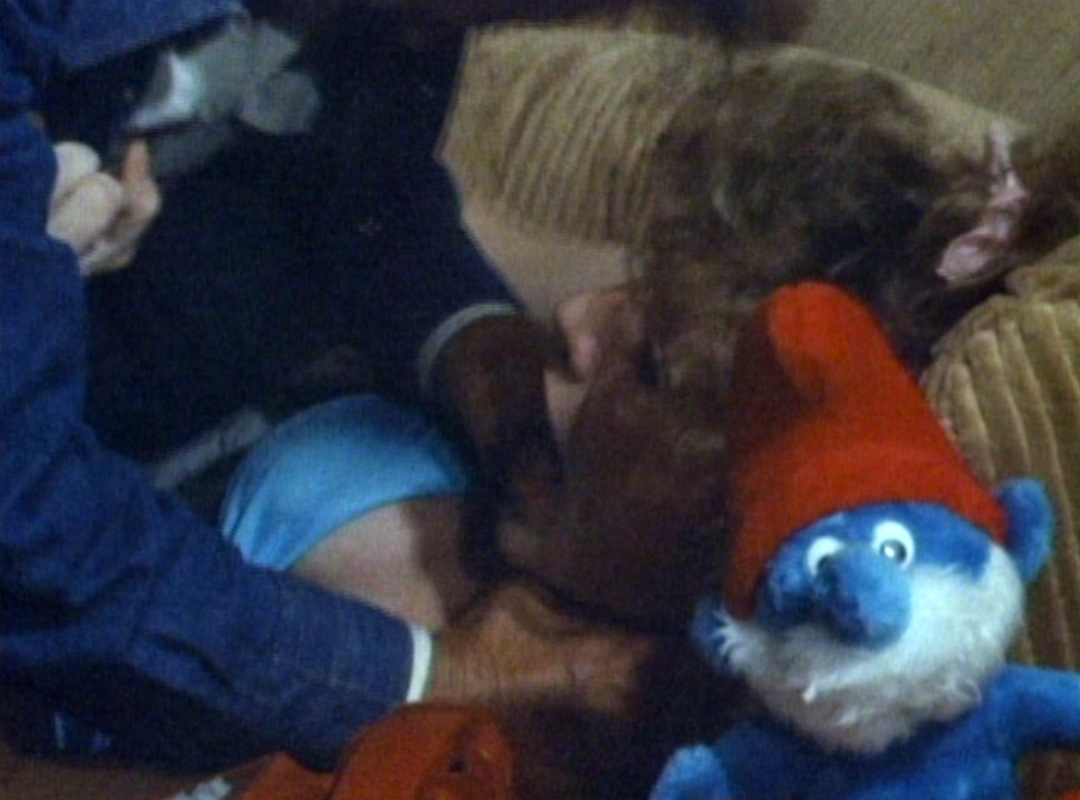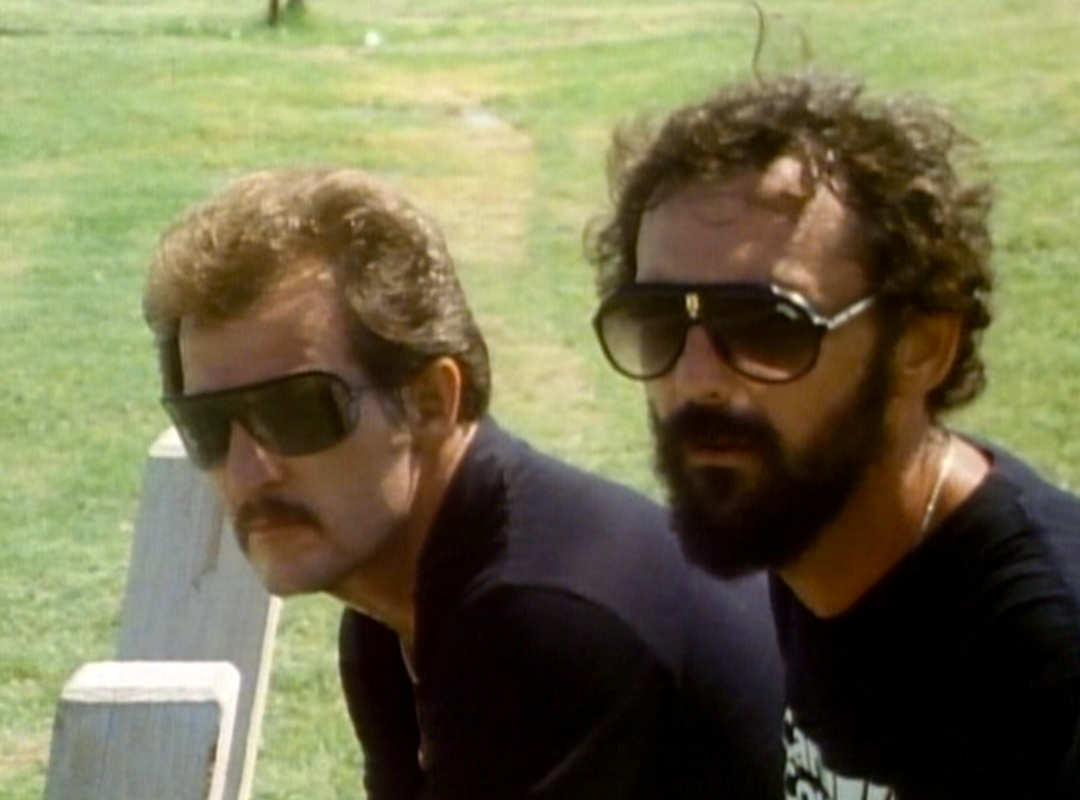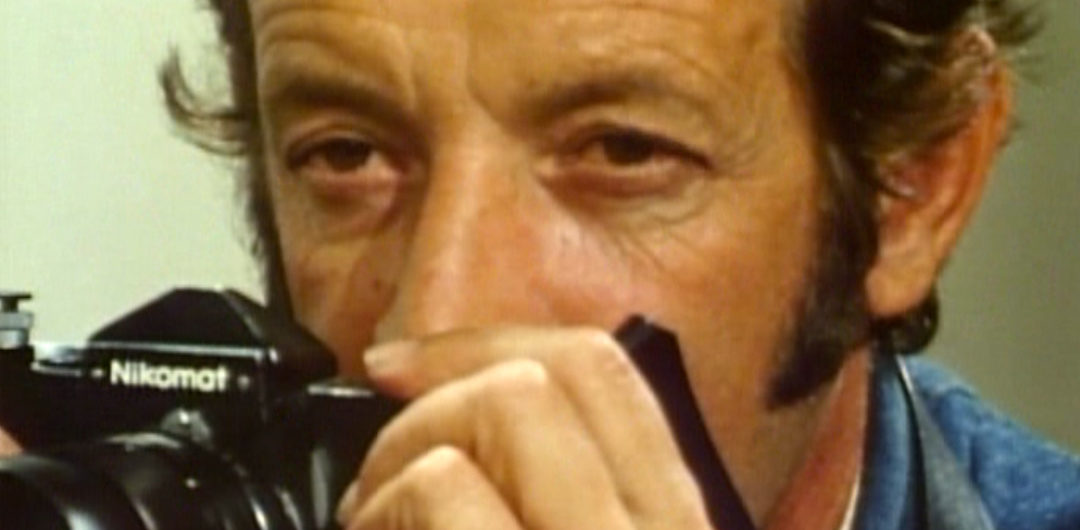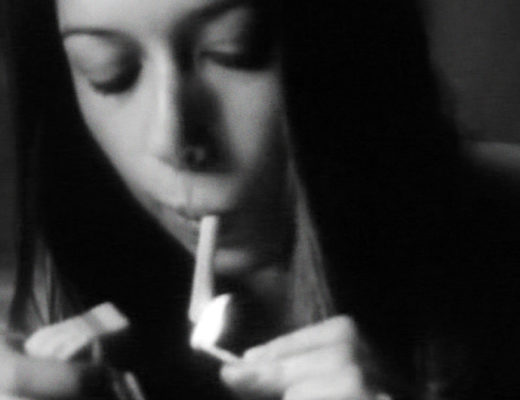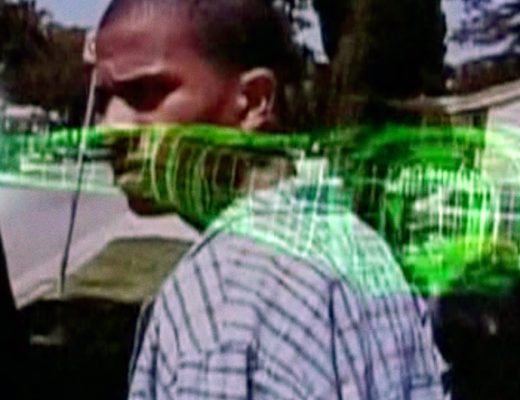Originally published in Bleeding Skull! A 1980s Trash-Horror Odyssey.
No one photographs people jumping into pools, delivering pizzas, or staring at neon signs like Ray Dennis Steckler.
In the 1960s, Steckler was the Jean-Luc Godard of exploitation filmmaking. Both had an unstoppable energy that resulted in a string of self-defining films. Both were of the first generation of filmmakers to be bred on cinema. And both employed unconventional editing techniques, beautiful photography, and cinematic homages. Where Godard mimicked Humphrey Bogart in Alphaville, Steckler paid tribute to Huntz Hall in The Lemon Grove Kids. Godard riffed on the inanity of American musicals in Une Femme Est Une Femme, and Steckler did the same with The Incredibly Strange Creatures Who Stopped Living And Became Mixed Up Zombies. Steckler even had his own Anna Karina in the form of actress/wife Carolyn Brandt.
While the methods of these two filmmakers are comparable, their intentions are not. Steckler never took himself seriously. His movies feature men in gorilla suits and grasshopper monsters. While his talent was unquestionable, exploitive content and low budgets kept Steckler’s films from mainstream recognition. And unlike Godard, Steckler didn’t come from old money. If his movies didn’t turn a profit, there was nothing to fall back on. Fast forward to 1986.
After churning out porn for fifteen years, Ray Dennis Steckler returned to straight exploitation with Las Vegas Serial Killer. A sequel to The Hollywood Strangler Meets The Skid Row Slasher (his only horror film from the 1970s), Las Vegas is exactly what I’d expect from Steckler in 1986. It’s a poorly executed assemblage of unrelated ideas with no form and no function. It’s a film without an audience. It’s also a Ray Dennis Steckler masterpiece of a different kind.
Johnathan Glick has been released from prison. He spells his name with an “h.” He strangles people. He was the Hollywood Strangler! But now, he’s in Las Vegas. He’s the Las Vegas Strangler! Glick looks like a very tired Serge Gainsbourg. He enjoys strip clubs, finds employment as a pizza deliveryman, and strangles women in broad daylight. When this happens, he off-handedly says, “die garbage,” like it’s no big deal. Meanwhile, two men stuff guns in their belts and exit a cramped motel room. They ogle ladies on the strip and say, “There’s the legs for me!” You think these guys are going to rape and kill, but they just steal purses and drive around in a little red car. Glick’s strangling and the two guys’ stealing repeat ad infinitum. Victims and situations constantly change, but methods do not. Radio bulletins, delivered by what may be a Speak ‘N’ Spell, describe what we see onscreen. A few minutes later, the same exact bulletin is heard again. This accounts for maybe 15 minutes of the film’s 87-minute runtime.
During the rest of Las Vegas Serial Killer, the camera just points at things. Strippers stripping. A parade. Pool parties. An airplane museum. Prostitutes talking to johns. People eating pizza at Pizza ‘n’ Pizza. A rodeo. A fashion shoot. Acres of neon signage. Conversations are overheard, but we rarely see who’s having them. Glick steals a camera and takes photographs. The two dudes rob a man and take his briefcase. Everyone meets. There is some tragedy.
From 1963-69, Steckler documented his surroundings under the guise of exploitation filmmaking. Friends were actors. His neighborhood was a set. Footage was either meticulously composed or shot on-the-fly. In Las Vegas, he’s doing the same thing, but with even less narrative. Exploitative elements (slow strangulations, nude roller-skating, inept muggings) take a back seat to random footage of Las Vegas. At the same time, Steckler layers the film with outdated 1960s music (surf instrumentals, noir orchestrations) and dialogue (“Let’s go find some broads!”). The film is dubbed Doris Wishman style–voices are heard, but no mouths are seen. In both technique and presentation, this is a film that’s not of its time. But then again, it is of its time. Steckler’s 1960s films never had naked women in hot tubs or Smurf stuffed animals.
The cumulative effect of Las Vegas Serial Killer is one of soothing emptiness. Once you grow aware of the repetition, and the fact that nothing’s going to happen, you get excited with anticipation. Everything becomes heightened. The film begins to feel like an experimental document, one completely removed from its slasher foundation. What will Ray Dennis Steckler share with us next? More porno storefronts? Another reference to Cash Flagg, his 1960s pseudonym? Ten more clowns skipping down the street in two more parades? By the end of the film, it’s really not about what we see, but how we see it.
